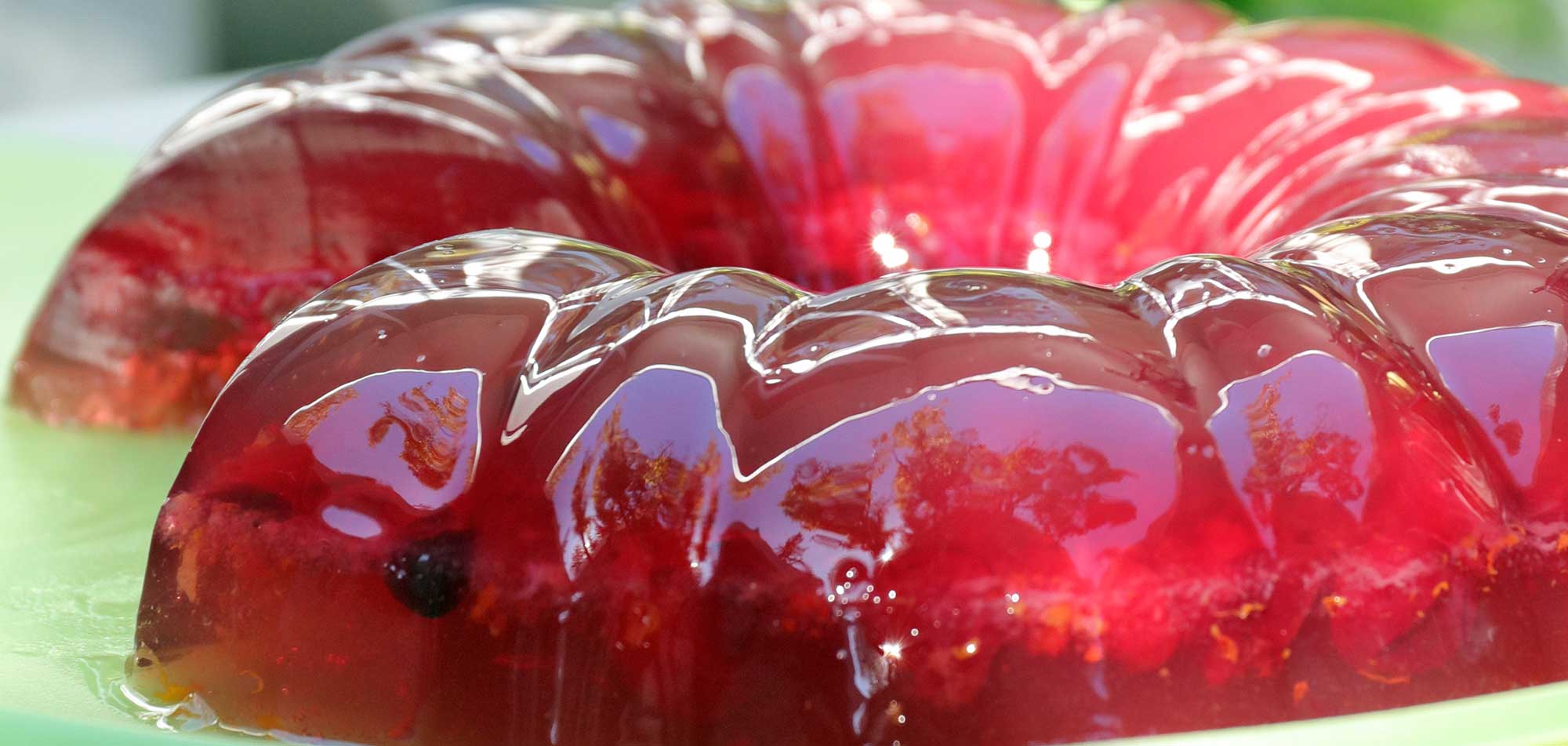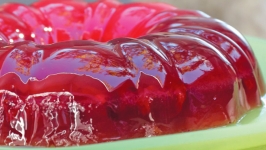Cranberries
Make Winter Sparkle
It is believed that Native Americans introduced the first European settlers to the native species of cranberry that their people had long used for food, as well as for dye and medicine. The vibrantly colored, tart, acidic berries that the new arrivals first dubbed “craneberries,” because of the flower’s resemblance to the bird, were significantly larger than those the Europeans had eaten back home.
The rest is history, as they say. So enamored were the new arrivals that they were soon widely cultivating the plant, with an American Revolutionary War hero credited as being the first to grow them commercially around Cape Cod. Cranberry dishes also quickly became staples at holiday feasts, starting with Thanksgiving and continuing through Christmas. The deep red color is indeed a perfect fit for the holiday table.
The cranberries that populate local grocers’ shelves this time of year were likely grown in the northeastern part of the United States, but the berries are also grown in the Pacific Northwest, specifically in parts of Washington and Oregon. That’s as local as they get around here.
Fresh cranberries are hard, as well as bitter, but a bit of cooking and a little sugar go a long way to tame the taste into something delicious. In my childhood, cranberry “sauce” came in a can-shaped log that sat proudly on the holiday table. Other people’s holiday cranberry traditions meant homemade cranberry sauce, without the can marks, or a less-cooked cranberry “relish,” or molded cranberry “salads” that involved Jell-O.
The Jell-O variations always looked like they were way more fun, and after the devastating fires in our area this fall, my family and I are welcoming in as much light and brightness as we can, so we cooked up this sparkly cranberry salad that is not only festive looking, but highly flavorful and zingy on the tongue.
Recruiting your kids to help you in the kitchen shouldn’t be too difficult—watching the gelatin absorb the cranberry juice is the culinary equivalent of making schoolyard-favorite slime.






